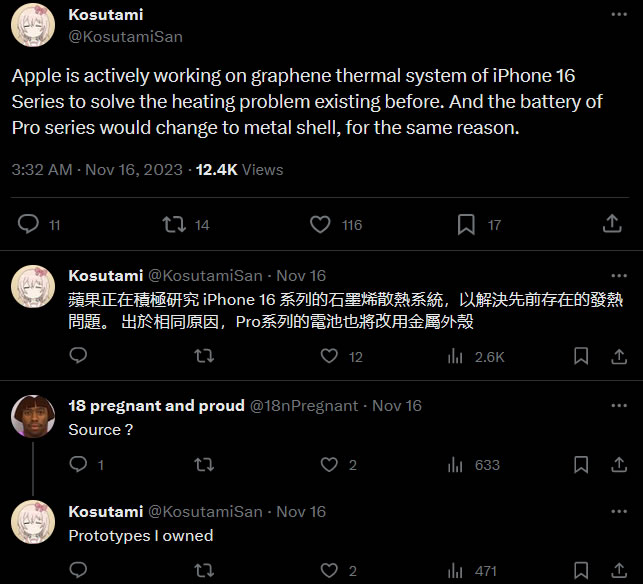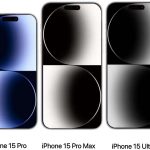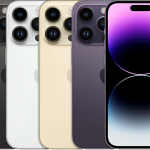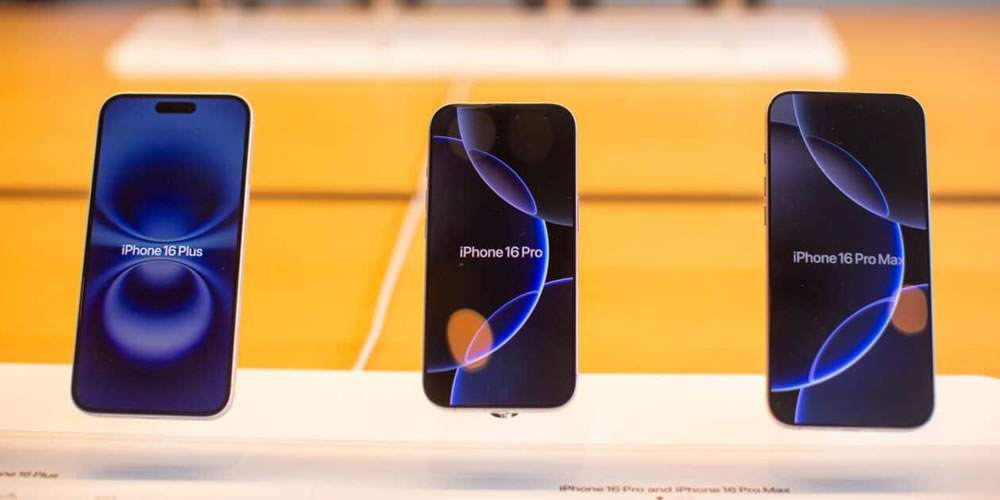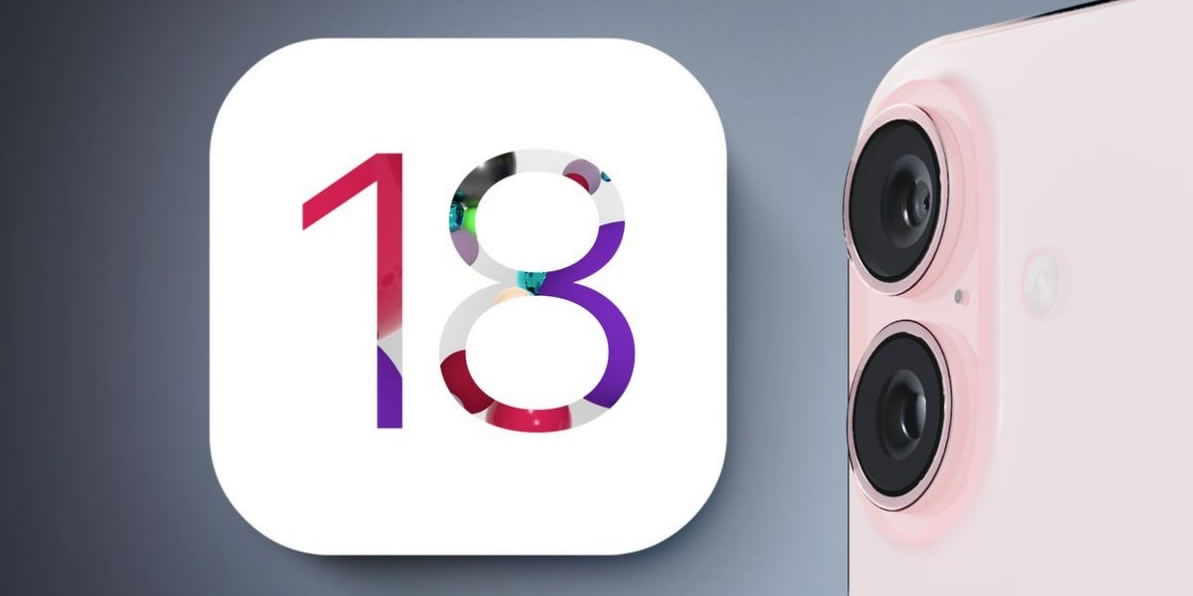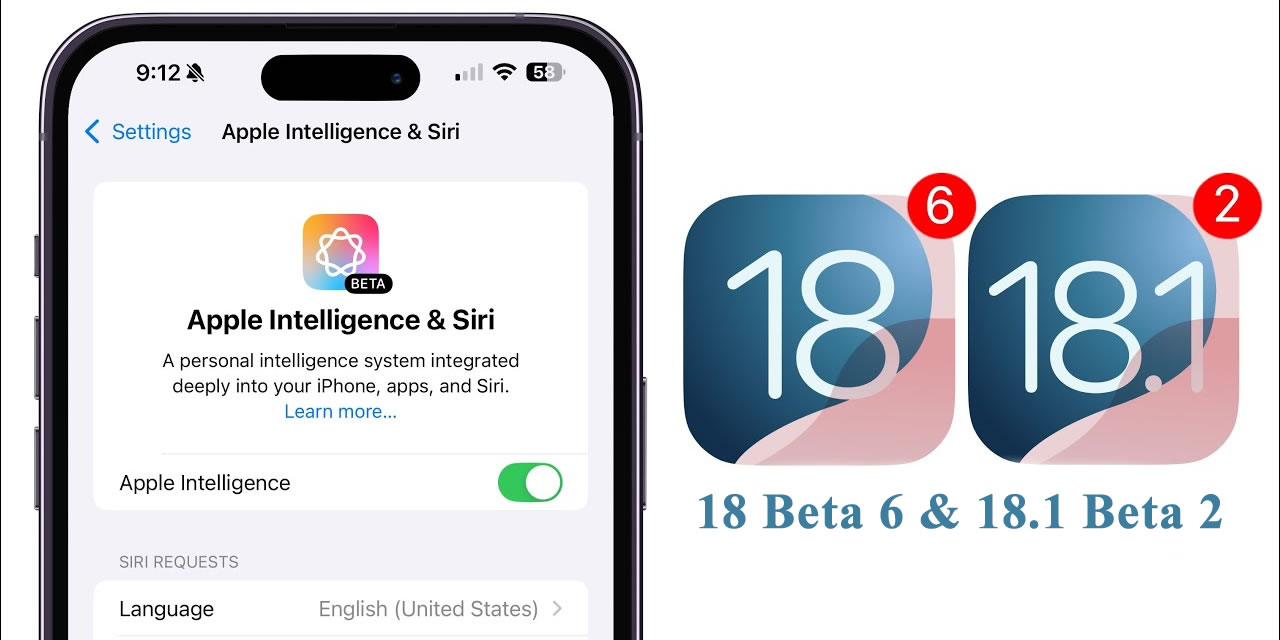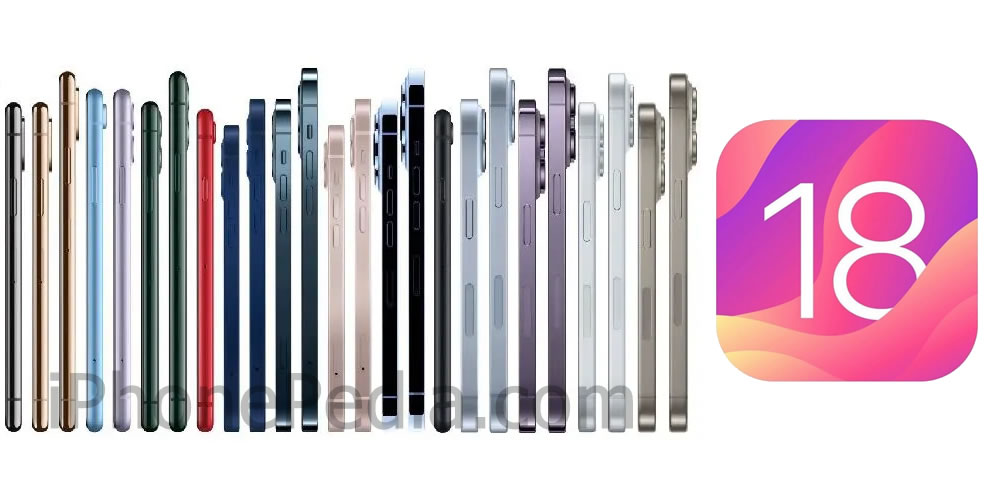In the relentless pursuit of technological innovation, Apple is poised to introduce groundbreaking advancements in its upcoming iPhone 16 series. Among the anticipated features is the integration of graphene cooling technology within the phone’s thermal management system. This strategic move aims to address the persistent challenge of overheating in smartphones, particularly evident in devices like the iPhone 15 Pro with its A17 Pro processor.
The Problem at Hand
As smartphones evolve to deliver console-level graphics and enhanced performance, they concurrently encounter the predicament of excessive heat generation. The A17 Pro processor in the iPhone 15 Pro, while delivering impressive computational capabilities, faced criticism for its susceptibility to overheating issues. Apple recognizes the need to rectify this concern, and the inclusion of graphene in the cooling mechanism is a promising solution.
Unlocking the Potential of Graphene
Graphene, a carbon allotrope, boasts significantly superior thermal conductivity compared to traditional materials like copper. At room temperature, graphene exhibits a remarkable thermal conductivity of 5000 watts per meter-kelvin, surpassing copper by a factor of two and outperforming silver by threefold. This unique property positions graphene as an ideal candidate for enhancing the efficiency of heat dissipation in electronic devices.
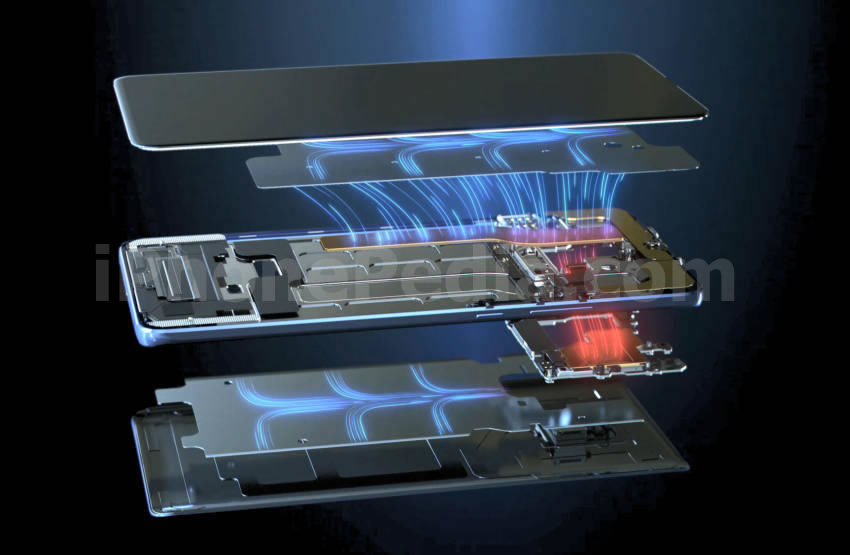
How Graphene Works
By incorporating graphene blocks into the cooling system of the iPhone 16, Apple aims to leverage the exceptional thermal conductivity of this material. Graphene’s ability to efficiently transfer heat ensures that the phone’s processors can operate at peak performance without succumbing to overheating issues. This innovation may eliminate the necessity for additional cooling mechanisms such as fans, contributing to a sleeker design and enhanced user experience.
The Uncharted Territory
The potential integration of graphene cooling technology in the iPhone 16 is still shrouded in uncertainty, existing primarily as speculation within the tech community. While the advantages of graphene are undeniable, Apple’s decision to implement this cutting-edge solution remains unconfirmed. As consumers eagerly await the official announcement, the prospect of a more efficient and cooler iPhone 16 is undoubtedly enticing.
Final Thoughts
In the ever-evolving landscape of smartphone technology, Apple continues to push boundaries and redefine industry standards. The rumored utilization of graphene in the iPhone 16’s cooling system exemplifies the company’s commitment to addressing performance challenges head-on. If this speculation materializes into reality, users can anticipate a paradigm shift in smartphone cooling technology, ushering in an era of more potent and thermally optimized devices. As the tech world eagerly awaits further details, the iPhone 16 stands poised to revolutionize the smartphone landscape with its innovative use of graphene for superior cooling.

